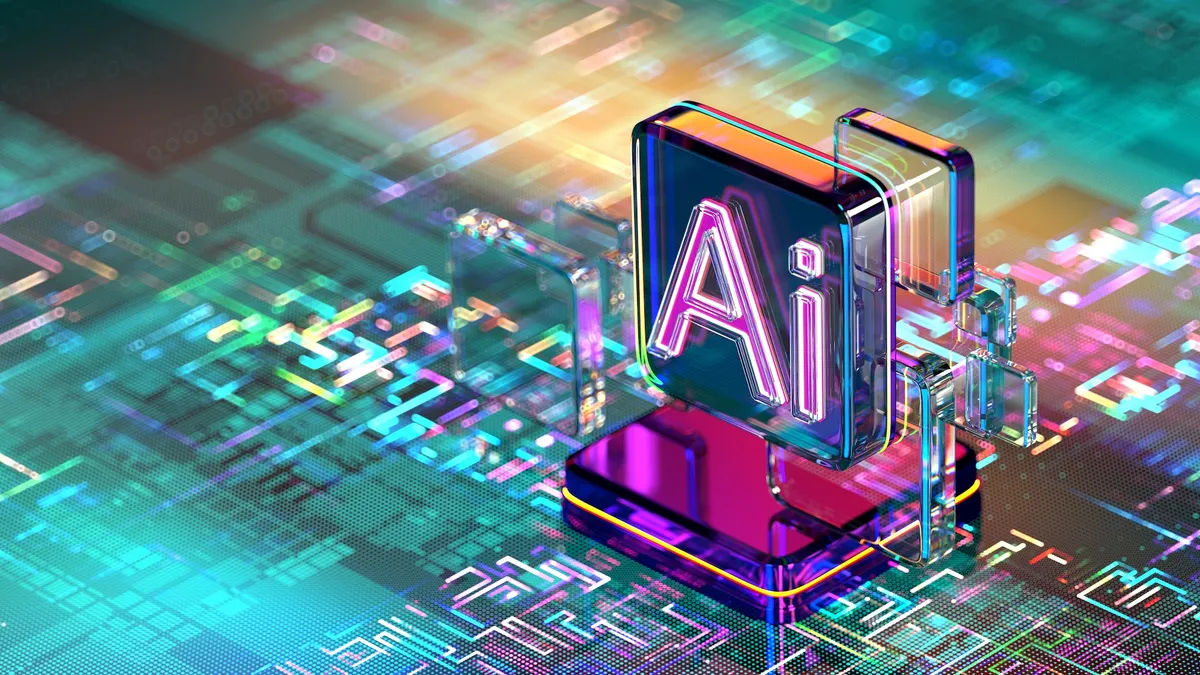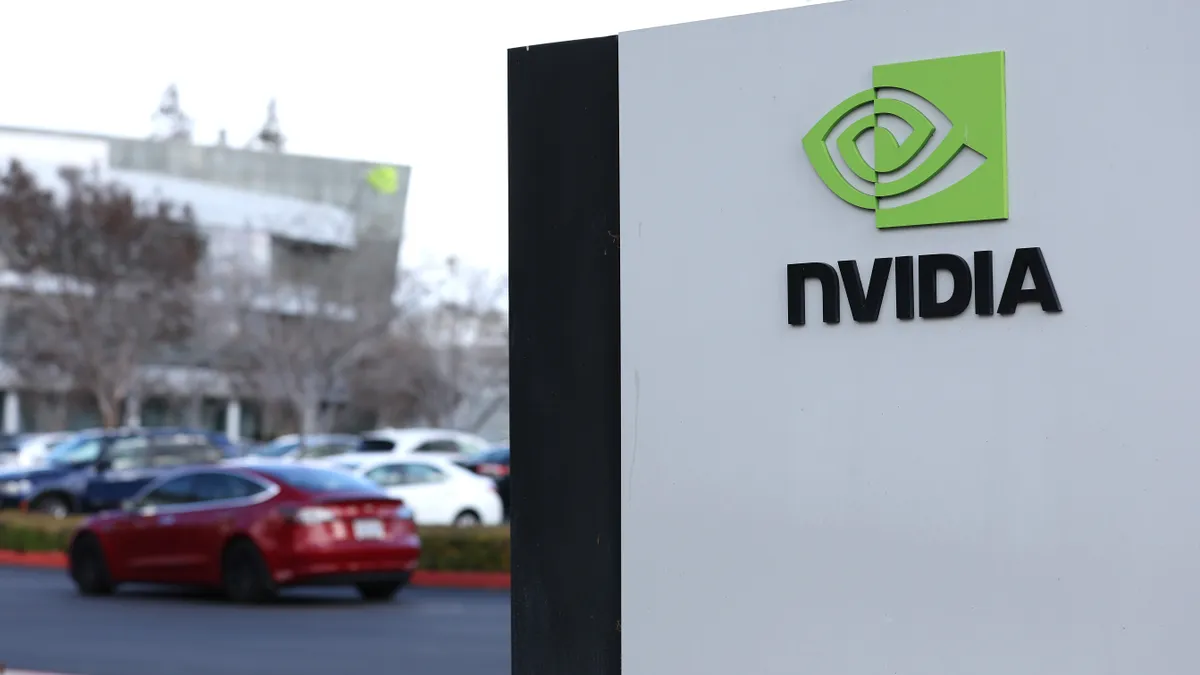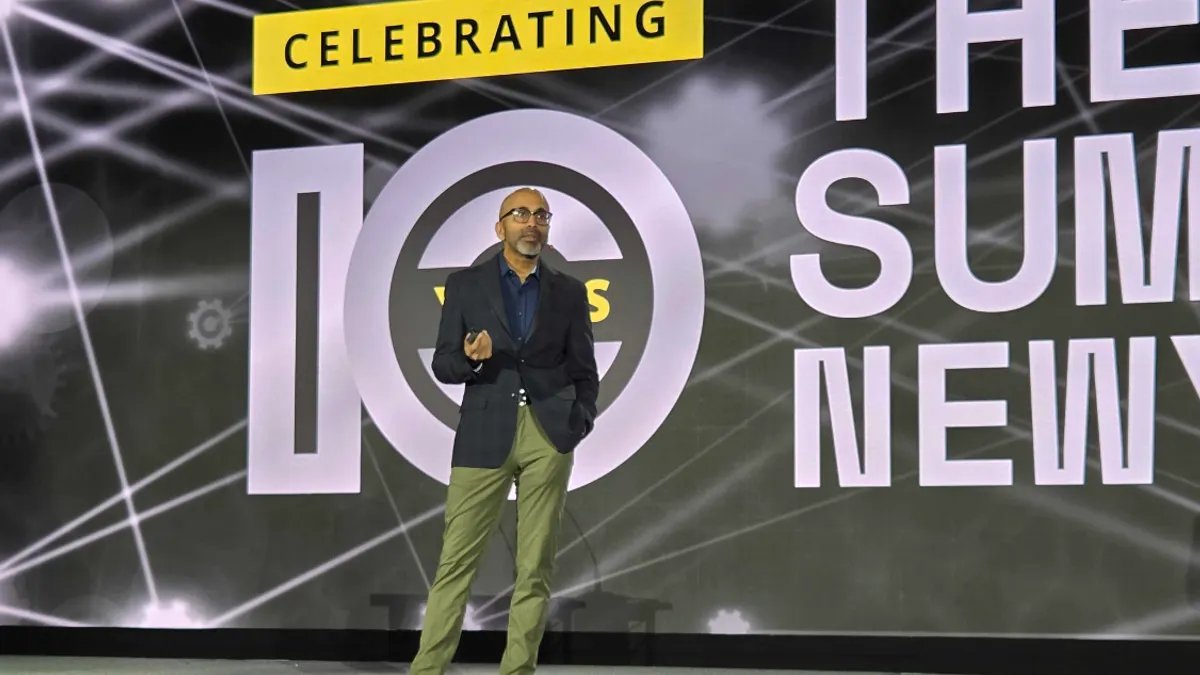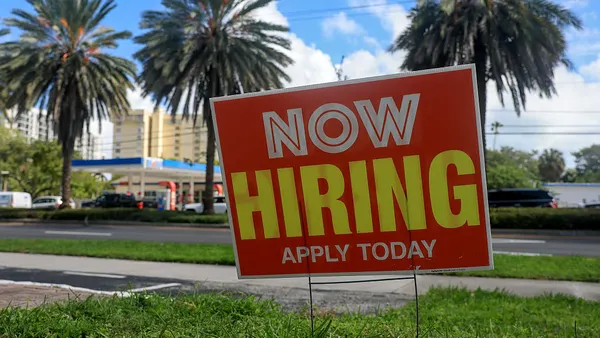Technology trends can highlight the dreams, the aspirations and the best-of-breed strategies for digital operations. They showcase the moonshots, the projects companies are implementing that will set the tone for where technology is headed.
But in the year ahead, the trends are more pragmatic.
Each year at Gartner IT Symposium/Xpo Americas, the analyst firm outlines what's to come of technology in the months and years ahead. This year, Gartner's technology trends for 2021, released Monday, coalesce around three principles: people centricity, location independence and resilient delivery.
Conversations with technology leaders are much more focused on the tactical this year, according to Brian Burke, research VP at Gartner. It caused the research firm to "pull back our thinking a little bit."
While Gartner could touch on human augmentation and other machine learning interfaces, "that's not really where people's heads are right now," Burke said.
Meeting the demands of the trends requires input from vendors and customers, as businesses modernize and shift toward cloud deployments that can make technology deployments more nimble.
"Getting out of the business of managing private cloud is going to be a huge benefit for organizations," Burke said.
Execution becomes a central focus. With the pandemic influencing technology adoption, companies had to rethink deployment and pivot toward digital-first strategies that support location independence.
Working remotely created "enormous disruption for organizations," said Burke. But "we're never actually going to go back. We're really just going to go on a different tangent moving forward."
Here are the top strategic trends for 2021:
Internet of behaviors (IoB)
This technology connects an individuals' data to a behavioral event, which will create ethical and social debates. Used to "influence human behavior," Gartner expects "half of the world's population will be subject to at least one" commercial or government IoB program.
For example, an individual's location tracking data could verify a cash transaction, a use of technology that is already possible. In a more advanced example, organizations could use computer vision IoB to determine if employees are wearing masks, according to Gartner.
Total experience (TX)
One of Gartner's trends last year was multiexperience, which blended touch, voice and gestures across devices and applications, highlighting the multiple ways users interact with devices. TX takes multiexperience and extends it across user experiences, from customers to employees, in a mobile and distributed environment.
Privacy-enhancing computation
This technology maintains the security and privacy of data in use, beyond existing and standardized data-at-rest security controls. Technology candidates for more privacy include instances where sensitive data — such as personal data, data monetization or fraud analytics — are processed or transferred, according to Gartner.
By 2025, the research firm expects half of large organizations to process data in "untrusted environments and multiparty data analytics use cases" using privacy-enhancing computation.
Distributed cloud
A strategic technology trend last year as well, distributed cloud takes public cloud services to different physical locations. It allows customers to access cloud computing in close proximity to where the data and business activities occur, while leaving operation, governance and service evolution to the public cloud provider, according to Gartner.
By 2025, more than half of organizations are expected to use distributed cloud wherever they choose.
Anywhere operations
A hallmark of the widespread, distributed remote workforce, this operating model tasks IT with supporting customers, employees and business service deployment from anywhere.
Gartner projects 40% of organizations will use anywhere operations by the end of 2023 to enhance customer and employee experience across the virtual and physical realm.
Cybersecurity mesh
With perimeter-based security eroded, this strategy secures a digital asset, regardless of how or where it's accessed. Cybersecurity mesh relies on identity to become the security perimeter using a cloud delivery model, according to Gartner.
The analyst firm expects cybersecurity mesh to support more than half of "digital access control requests" by 2025.
Intelligent composable business
This strategy uses data, analytics and applications to improve how leaders make business decisions. It's a leap from static-business processes that prevent companies from quickly adapting, and relies on a more real-time feedback loop.
By 2023, such capabilities will allow organizations to beat competitors' new feature implementation speed by 80%, according to Gartner.
AI engineering
To scale operational AI, the discipline uses DataOps, ModelOps and DevOps to allow for increased "performance, scalability, interpretability and reliability" of AI models, according to Gartner.
Hyperautomation
Organizations can use hyperautomation to "rapidly identify, vet and automate" business and IT processes, a need heightened by the pandemic. By redesigning operations and using hyperautomation technologies, organizations can lower operating costs by 30% by 2024, according to Gartner.























